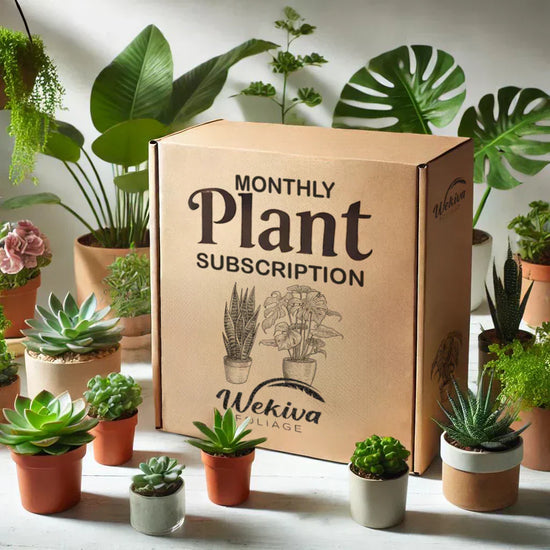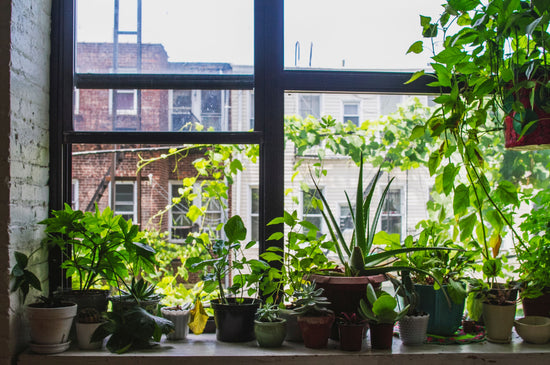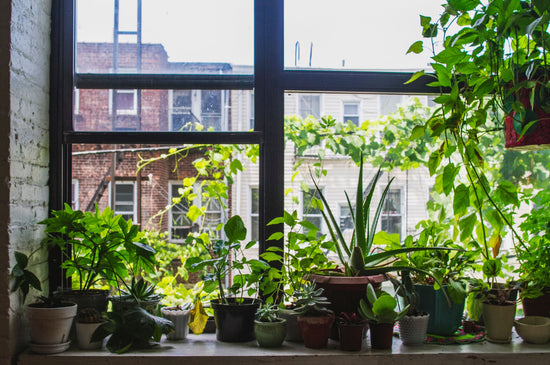How to Protect Your Houseplants from Winter’s Chill: A Step-by-Step Guide
As winter settles in, houseplants face unique challenges that can impact their growth, health, and overall vitality. From fluctuating indoor temperatures to reduced light levels, the colder months require a shift in your plant care routine to keep your indoor jungle thriving. With the right strategies and a bit of attention, you can shield your houseplants from winter’s chill and ensure they stay lush and vibrant.
Why Winter Can Be Tough on Houseplants
Winter introduces several stressors for indoor plants:
- Temperature Fluctuations: Drafts from windows and doors can expose plants to sudden cold air.
- Reduced Humidity: Indoor heating systems dry out the air, leaving tropical plants especially vulnerable.
- Low Light Levels: Short days and weak sunlight challenge light-loving plants like the zebra-striped succulent.
- Dormancy Period: Many houseplants slow their growth or stop altogether during winter, requiring less water and nutrients.
Recognizing these challenges is the first step in creating a nurturing environment for your houseplants during winter.
Step-by-Step Guide to Protecting Your Houseplants
1. Relocate Plants to Stable Environments
Keep your plants away from drafty windows, doors, and direct blasts of heat from radiators or vents. Choose a consistent spot with stable temperatures for your tropical plants like the peace lily or philodendron.
2. Adjust Watering Schedules
Overwatering is a common mistake during winter. Plants like the Lifesaver Cactus and Huernia zebrina enter a dormant phase and require less water. Allow the top layer of soil to dry out before watering to prevent root rot.
3. Provide Ample Humidity
Combat dry indoor air by using a humidifier or misting your plants regularly. Place humidity-loving plants such as the zamioculcas plant and pothos epipremnum near water trays with pebbles or group them together to create a microclimate.
4. Optimize Lighting Conditions
Move your plants closer to windows to maximize their light exposure. Use grow lights to supplement natural light for sun-loving varieties like the star-shaped flower cactus or zz plant.
5. Clean and Inspect Leaves
Dust buildup on leaves can block light absorption. Gently clean leaves with a damp cloth and inspect them for pests. Common winter pests include spider mites and aphids, which thrive in warm, dry conditions.
6. Reduce Fertilization
Most houseplants don’t need regular feeding during winter. Hold off on fertilizing until spring, when growth resumes. Over-fertilizing dormant plants like the christmas cactus can cause stress.
7. Insulate Pots and Planters
If your plants are near drafty areas, consider insulating pots with fabric or moving them to warmer spots. Ensure pots have proper drainage to avoid water pooling, which can freeze roots near windowsills.
8. Prune Wisely
Remove any dead or yellowing leaves to prevent pests and diseases from spreading. Pruning also redirects energy to healthier parts of the plant, promoting better growth in the spring.
9. Monitor for Stress Signals
Keep an eye on your plants for signs of stress, such as drooping leaves or discoloration. Adjust their care routines as needed to address issues promptly.
10. Plan for Spring Revival
Winter is a great time to research and plan for repotting or propagating in spring. While your plants rest, take stock of their needs and prepare for the growing season.
Houseplants That Handle Winter Like Champs
If you’re looking to expand your indoor collection, consider these hardy and low-maintenance plants:
- Snake Plant: Thrives in low light and requires infrequent watering.
- ZZ Plant: Drought-tolerant and virtually indestructible.
- Spider Plant: Adaptable to various light and humidity levels.
- Pothos: A forgiving trailing plant perfect for beginners.
- Christmas Cactus: Blooms beautifully during the winter season.
These resilient options can make winter plant care a breeze while adding life to your indoor spaces.
Setting Your Plants Up for Success
A few thoughtful changes to your winter care routine can make all the difference for your houseplants. Pay attention to their unique needs, adapt your strategies as necessary, and enjoy the benefits of a thriving indoor garden even in the chilliest months.
FAQ
How can I tell if my houseplants need water in winter?
Check the top inch of soil; if it feels dry, water sparingly. Be cautious not to overwater dormant plants.
What’s the best way to increase humidity for houseplants?
Use a humidifier, mist the leaves, or place plants on a tray with water and pebbles. Grouping plants together can also create a humid microclimate.
Should I repot houseplants during winter?
Winter is not ideal for repotting since most plants are dormant. Wait until spring, when growth resumes.
How can I protect plants near drafty windows?
Move plants away from windows, use insulating fabric around pots, or add thermal curtains to block drafts.
What pests are common in houseplants during winter?
Spider mites, aphids, and fungus gnats are common winter pests. Inspect plants regularly and treat infestations with neem oil or insecticidal soap.





